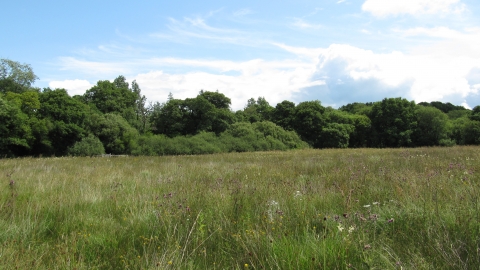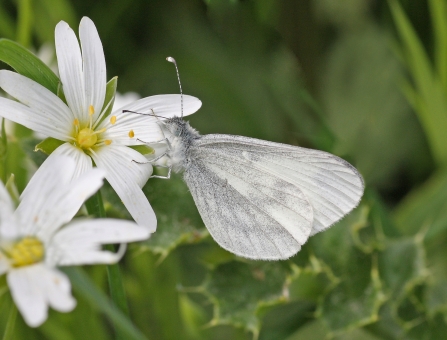
Ash Moor. Photo, Harry Barton
Location
Know before you go
Dogs
When to visit
Opening times
Open at all timesBest time to visit
May to September, November to FebruaryAbout the reserve
A troubled past has given way to today's beauty. In 2002, at the height of the terrible foot and mouth crisis, Ash Moor was chosen to be a vast burial site for infected cattle. Plans were made and the landscape was hollowed out in preparation.
Transformed for nature
Fortunately, the burial site was never used. Today Devon Wildlife Trust cares for what has been transformed into a wonderful network of meadows, ponds and wetlands. This is now a top spot for wildlife.
Ash dieback
The disease ash dieback is now widespread in the UK and is present at many of our nature reserves, so we carry out tree felling across our sites in winter months. For your own safety please observe temporary path diversions and closures.
Where possible we will leave affected ash trees in place to decay naturally as an important habitat for wildlife. We plan to only fell diseased ash trees which pose a threat to people or infrastructure. Before trees are felled, we will check whether any rare or protected wildlife is present. If it is, we will postpone or avoid felling these trees. No felling will take place during the bird nesting season.
DWT’s Saving Devon’s Treescapes project are working with communities, landowners and businesses to help make Devon's precious treescapes more resilient in the face of ash dieback. Find out how you can get involved here.
NOTICE: If you are visiting our reserves, please note that there have been instances of H5N1 Avian bird flu found in birds in Devon. There is very low risk to public health, but we do ask that if you come across any unusual or unexplained bird deaths on or near our reserves, please do not touch them and avoid allowing your dog to come into contact with dead birds. Please report them to Defra here or call 03459 335577 and also report your findings to DWT by email at contactus@devonwildlifetrust.org.
Contact us
Location map
How to get to Ash Moor

Wood white butterfly. Photo, Chris Root
Summer gets the place buzzing
Summer brings out butterflies across Ash Moor including a colony of the rare wood white butterfly.
Dragonflies, damselflies, swallows and sand martins also buzz across the nature reserve's ponds. Look out for the occasional visit of hobbies. These little falcons chase down their prey over the water.
In winter, the going gets wet underfoot. This attracts long-billed birds including snipe and woodcock who probe the mud looking for juicy worms to feed on.
Ash Moor is easy to visit by bike and on foot. It lays on the Tarka Trail cycle path, while our own Meeth Quarry nature reserve is next door. Together Ash Moor and Meeth make a great day out!



